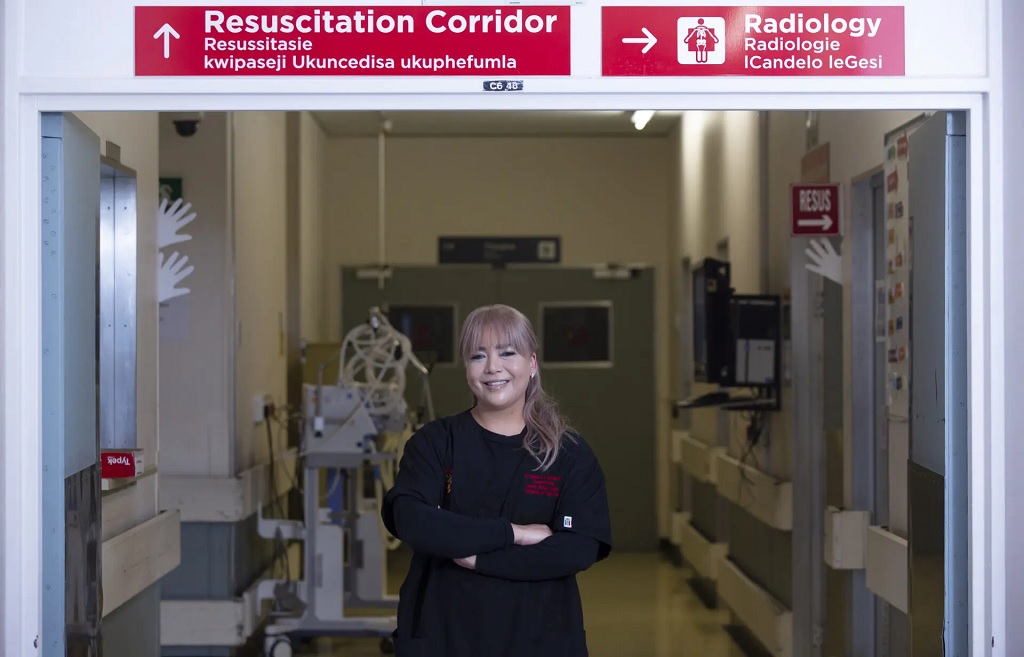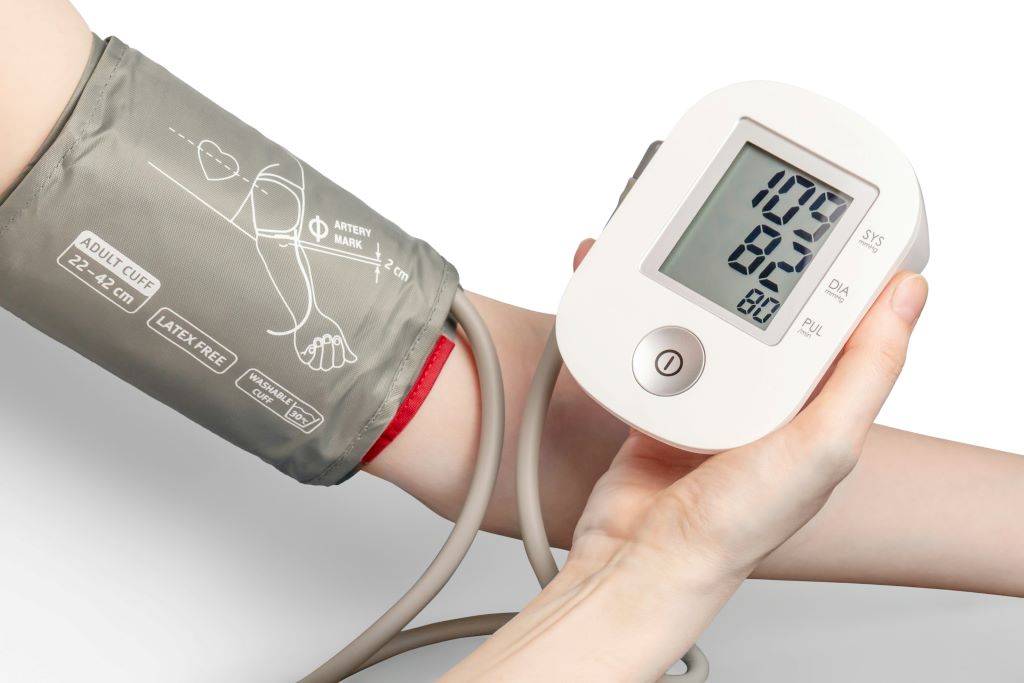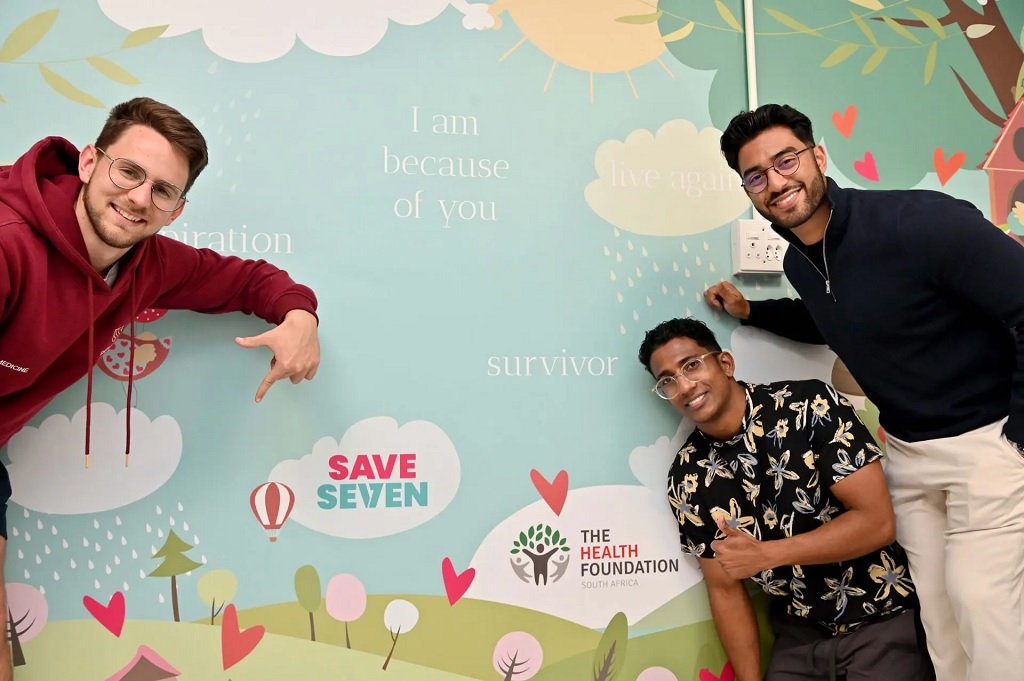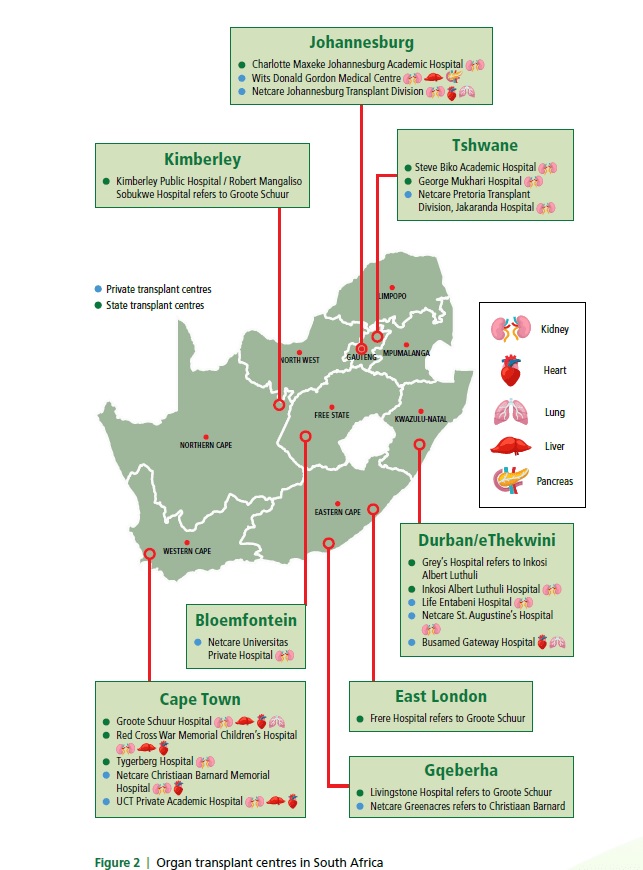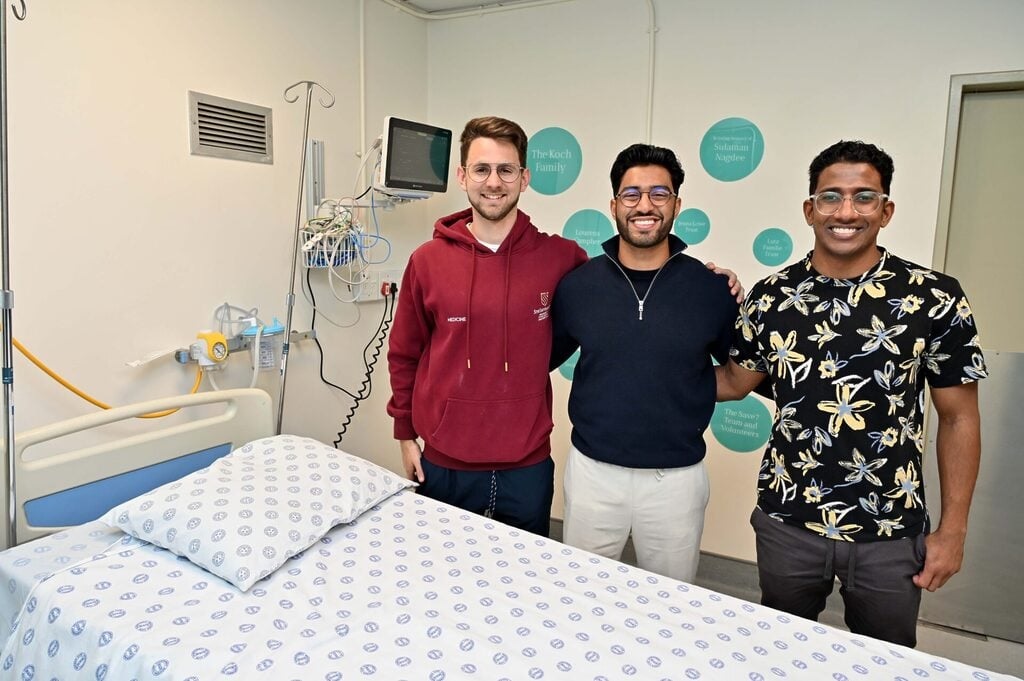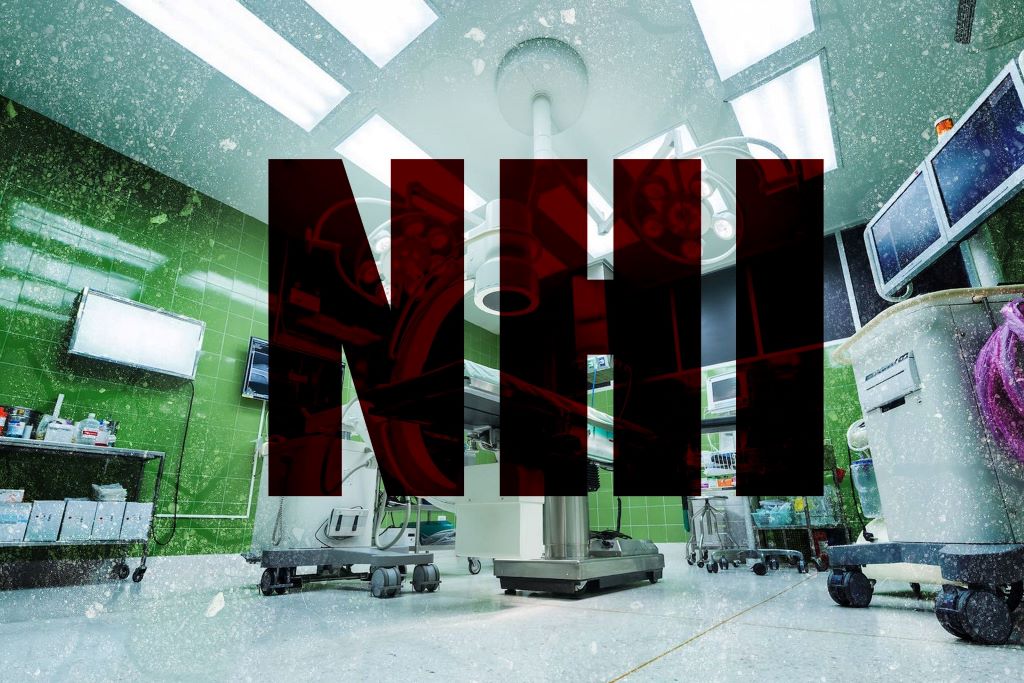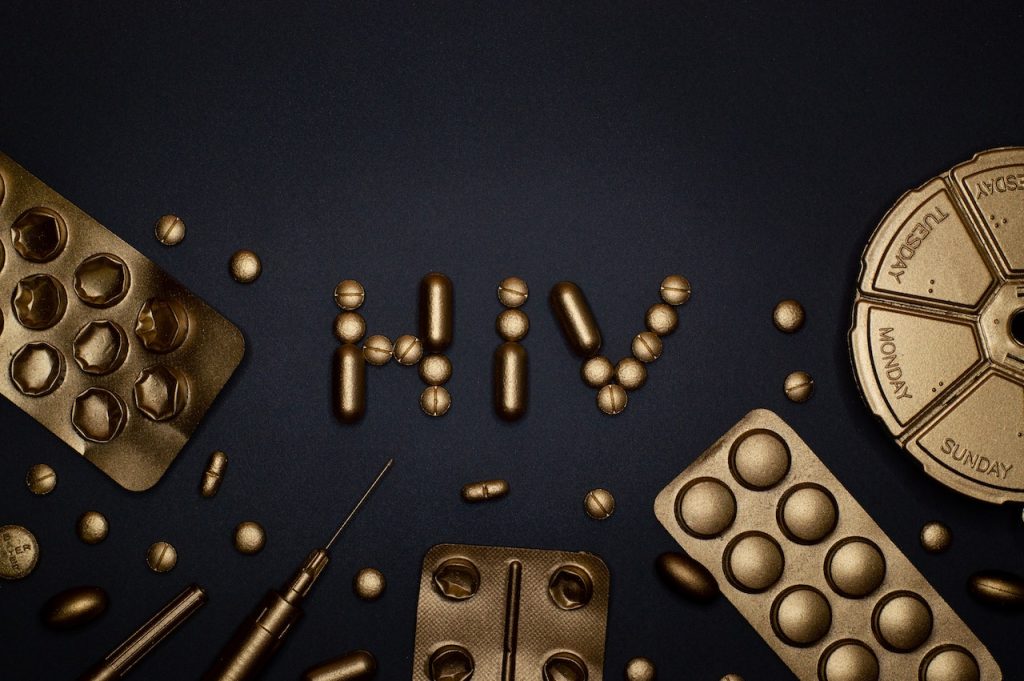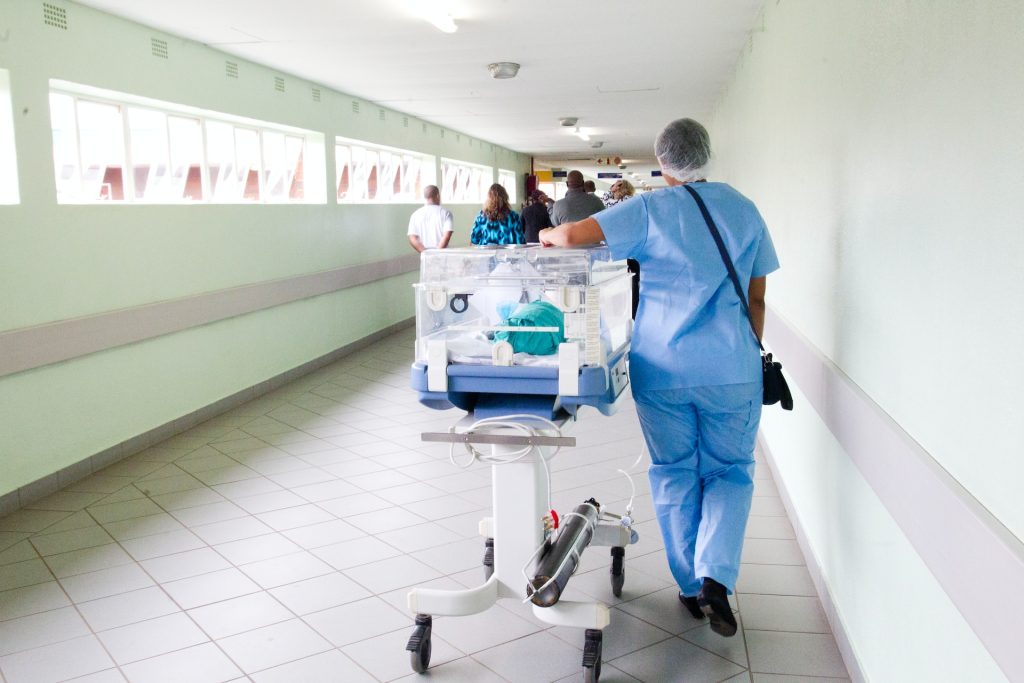Government and the Private Sector Should Team up to Improve Healthcare, Conference Hears

By Ufrieda Ho
Government and the private sector could work together much more effectively to improve healthcare services in South Africa, but the potential of such a partnership remains largely untapped, delegates heard last week at the Hospital Association of South Africa conference.
Healthcare funding in both the public and private sector is headed towards a sustainability crisis, delegates at this year’s Hospital Association of South Africa (HASA) conference heard. But potential solutions such as pooling resources, linking services and partnering smarter has proved to be elusive and far from simple to implement.
The conference was held against a backdrop of ongoing legal action brought by HASA in March this year opposing the passing of the National Health Insurance (NHI) Act. As previously reported by Spotlight, this is one of eight challenges to date against the Act since it was signed in May 2024.
HASA’s case centres on the affordability of NHI and its potential impact on the private healthcare sector.
Dr Dumisani Bomela, Chief Executive Officer of HASA, wrote on their website in September: “Government must view private healthcare as a strategic partner, a national asset that can offer significant ideas to resolve the national health delivery crisis. Private healthcare, on the other hand, faces challenges, some of which were identified in the Health Market Inquiry.”
The final report of the Competition Commission’s Health Market Inquiry was published in 2019, but as yet, most of its recommendations to bring private healthcare costs under control have not been implemented by government. Most medical aid schemes recently announced well-above-inflation increases for 2026 – such above inflation increases have been the norm for over a decade.
In February this year, government took what appeared to be a first step toward getting a grip on private sector healthcare costs when it published draft regulations that would, among others, have set up structures to facilitate tariff-setting. The way these structures were to be set up (a block exemption from the Minister of Trade, Industry and Competition was used to create new structures in the national health department) however raised questions about how well thought-through the plan was. This week, Department of Health spokesperson Foster Mohale told Spotlight that “stakeholders rejected the regulations and the legal opinion was that the draft regulations conflated roles so must be redrafted”. He said the department is busy drafting a new regulation that will work in tandem with a block exemption.
“Not only has the country spent nearly two decades in a fruitless debate about the NHI, but it appears that those in charge of the healthcare system have prioritised stagnation over progress in health reform,” Bomela wrote in September.
Last year’s HASA conference made headlines when an alternative to NHI was proposed that would, among others, see medical scheme membership be made compulsory for people earning above certain thresholds – a move it was argued would swell medical scheme membership, bring down the cost of scheme membership (through younger and healthier people joining), and reduce pressure on the public sector by diverting millions of people to the private sector. While there was some engagement with the Presidency on the proposal and it seemed for a while that there might be some flexibility on the design of NHI, the ANC eventually rejected the idea that any concessions would be made on the design of NHI. Since then, some draft regulations relating to the NHI Act have been published for public comment. Even though it is widely acknowledged that NHI is a long-term project, indications are that government intends to continue on the course set out in the NHI Act.
Better ways to pay for healthcare?
The two-day conference in Sandton this year again included speakers’ take on alternatives to NHI and ways to reform how healthcare is paid for. There was also discussion of the opportunities to leverage advances in artificial intelligence, the use of targeted therapies to remove more of the hit-and-miss of treatment plans, and better use of centralised data to speed up accurate diagnosis and be more helpful to patients in navigating the healthcare system.
At the same time though, speakers reiterated the urgency to break from the trap of talks that don’t come with action and for public-private collaborations to start delivering for more people. Several speakers did not mince their words when describing the scale and depth of the country’s healthcare crisis.
“Healthcare in South Africa is broken, in fact, it is in crisis. We are witnessing, if not participating in, the quickening implosion of our health system,” said Dr Biancha Mentoor, a health policy manager at Netcare.
“While predicting great strategy, we are just rearranging the deck chairs on the Titanic.”
In her address, Mentoor singled out poor leadership “that is out of touch with the people it is supposed to serve” as one of the biggest stumbling blocks.
“We see more homogenous leadership demographically, and it’s leadership with a preference for more established ways of thinking about and doing things in a country facing different challenges,” she said.
Mentoor’s “alternative” tackled the need for greater diversity in leadership, including gender diversity and intergenerational diversity. She also called for private sector players to organise better and be better aligned for effective cooperation.
The Western Cape mapping project
Conference delegates also heard of a collaborative project in the Western Cape that is showing some promise. Actuary Barry Childs, from Insight Actuaries & Consultants, and Suzanne Daniels, deputy director for compliance, billing systems, training and costing in the Western Cape Health Department co-presented on their work done in the Western Cape to map data, streamline data collection, and improve data analysis in order to establish diagnosis-related group (DRG) costing models as envisaged under NHI. They mapped four years of financial data from major hospitals and used this to inform the next steps for refining cost estimates and to have better case mix comparisons.
A DRG payment approach is a reimbursement model for hospital services to determine fixed fees to be paid for treatments. It categorises patients into groups based on diagnosis and the procedures and treatment patients will typically need. It is meant to be a way to standardise payments and to control costs. Unlike with a fee-for-service model, where a fee is paid for each consumable and service delivered, DRGs aim to set a flat rate for an entire treatment. Under a DRG model there might for example be a flat rate for a vaginal delivery, whereas under a fee-for-service model costs will depend on factors such as which scans were ordered and how many consumables were used in a particular case.
Daniels said: “One of the pillars to this is quality care and one of the pathways to quality care is understanding our healthcare cost, because in doing so, we can inform equitable resource distribution, and this is to guide efficiency measures.”
Childs warned though that time is being wasted. He said he had worked on versions of a DRG roadmap since around 2010, pointing out that the long limbo continues to keep the ideals of universal healthcare from being realised.
“This has been under discussion for a long time, and unfortunately, at a national level, the overall focus has been on NHI Act and NHI Bill and very little reform has been done on the ground,” he said.
Childs and Daniels said their showcase of the successes and insights from the Western Cape mapping project could offer other provinces a guide to get out of the starting blocks in standardising procedure and hospital codes, collecting better data and getting a clearer grip on costs and grouping of costs in order to move towards better healthcare funding reforms.
A model that’s working at one Gauteng hospital
Ahead of the conference, Spotlight spoke to group chief executive of Life Healthcare, Peter Wharton-Hood, about the company’s partnership with the Gauteng Department of Health. The partnership involves Eugene Marais Hospital (a Life hospital) taking oncology patients from Steve Biko Academic Hospital (a state hospital).
This comes in the context of the Gauteng health department being taken to court by the Cancer Alliance in a drawn-out legal battle to compel the department to review and update the waiting list of cancer patients in the province and also to draw up and submit to the courts their plans on how they intend to ensure cancer treatment for people who need it. This includes partnerships with the private sector. (See our previous reporting on the litigation here)
Wharton-Hood said they are not informed whether or not the patients they receive are on the Gauteng department of health’s cancer waiting list or backlog list.
However, to date only 34 patients from the public sector have benefitted with this diversion programme at Eugene Marais, with another 10 people about to start treatment. Wharton-Hood said it could and should be many more patients.
“We’ve got a whole care pathway that is up and running. The treatment protocol follows the national guidelines, so there is no compromise to care. The patients are integrated into the daily schedules running in the hospital. And government is also paying us on time. This is a model that is working, so the question is why only 34 patients? We can do more,” he said.
He added that the public and the private health sector represent two vital assets and if they worked together more patients could benefit. However, as it stands, the full potential of these partnerships is simply not being harnessed.
Wharton-Hood said there continues to be a peculiar government reluctance to buy more services from the private sector. It could be win-win-win deals, he said. For the state, it would ease congestion and backlogs at state hospitals. For private facilities, it would push up optimal utilisation and boost revenues. For patients, it would be treatment and care with fewer delays.
He added: “We’ve got something that’s working with Eugene Marais Hospital taking oncology patients from Steve Biko Academic Hospital. It should be a model that is scaled up and applied to other disciplines. If it’s good for oncology, it could be applied to renal dialysis or to orthopaedic cases, for example. The question is why this isn’t the case, why is government not entering into more of these deals when there are people we know are not getting the care they need?”
Republished from Spotlight under a Creative Commons licence.
Read the original article.

